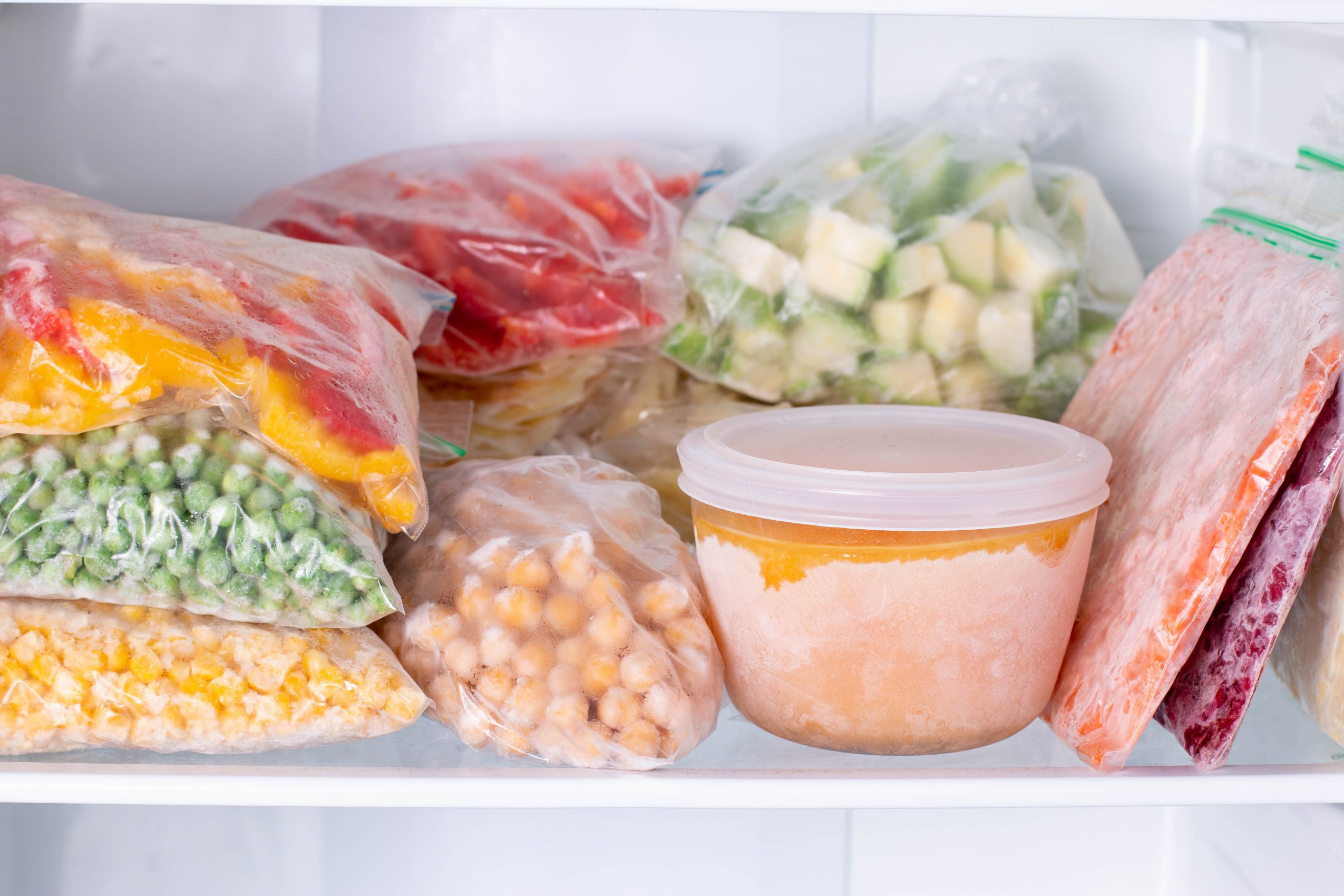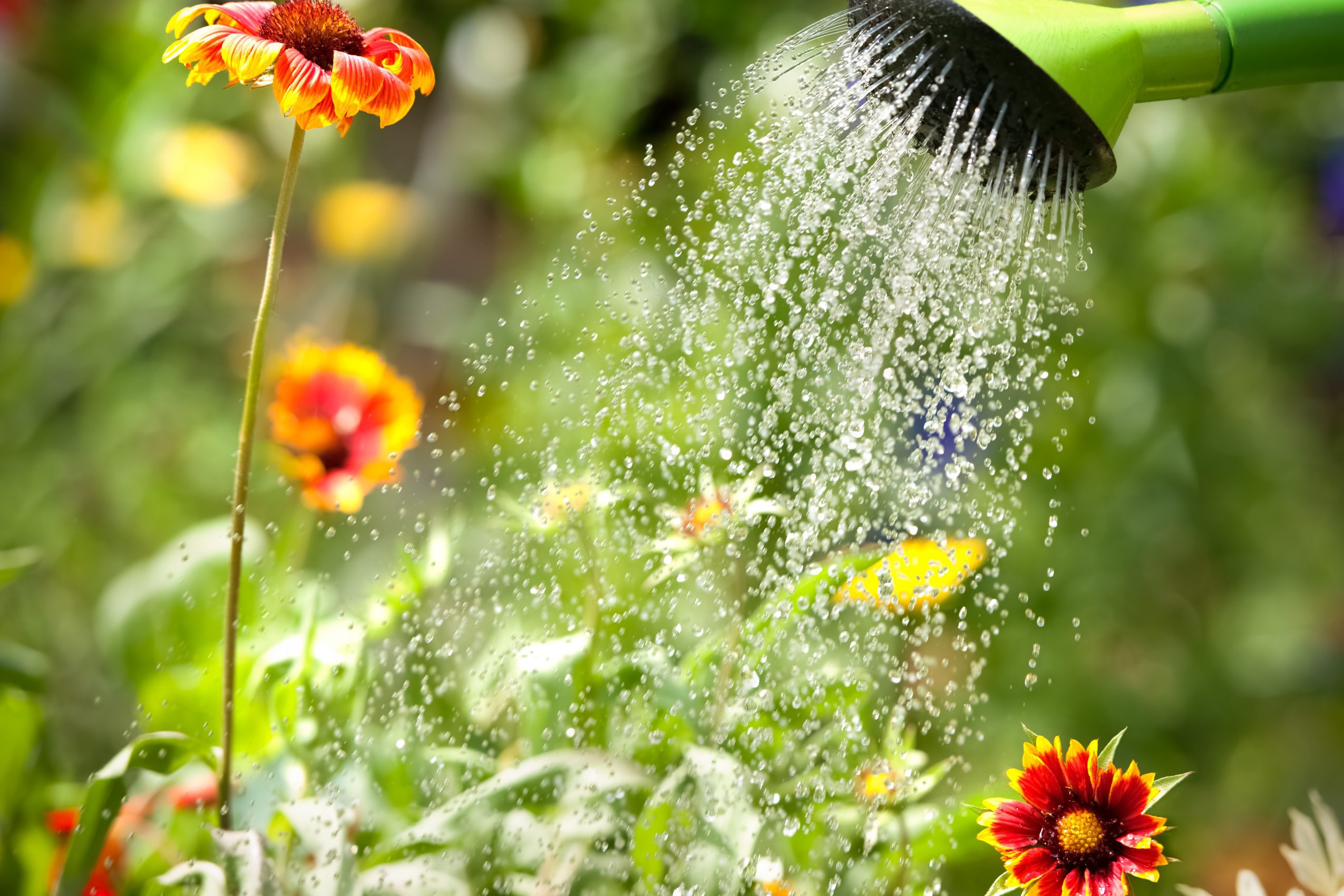Want to help save the planet? Of course, you do. But as an individual, the problem of climate change can often feel overwhelming. The good news is that being part of the solution is closer to home than you think. From adjusting your ceiling fan to freezing leftovers, these 27 easy ways to lower your environmental impact around the house can help make for a healthier earth.
1. Regulate your thermostat. In the U.S., roughly 60 percent of our electricity comes from burning fossil fuels (mostly coal and natural gas) which releases greenhouse gasses. That electricity is then used to heat and cool your home. Turning your thermostat up or down just a few degrees lowers energy usage — and your utility bill.
2. Adjust your ceiling fan seasonally. Lessen the load on your HVAC by setting your ceiling fan to turn counterclockwise in summer to push air down to create a cool breeze. In winter, switch the direction clockwise and spin on a low setting; the fan will help redistribute the warm air that naturally rises to the ceiling, keeping rooms cozy.
3. Seal cracks that let air out (and in). Losing the cool or warm air from your home means air conditioners and heaters need to work harder (and use more energy). Look for places that air can escape, including door and window frames, baseboards and the spot where your dryer vents, and use caulk or weatherstripping to close the leak.
4. Dust regularly. Dust that accumulates on vents and baseboards, and even in your clothes dryer’s lint trap, reduces efficiency. A simple swipe with a dust cloth means less work (and less energy use) for your HVAC or dryer.
5. Stop standby power. Electricity used by products that are plugged in when they are in standby mode or switched off, also known as standby power, wastes roughly ¼ of a home’s energy use. To stop electronics like TVs, computers and toasters from sapping energy when you’re not using them, you’ll need to unplug them, or use a power strip you can easily switch off. Even easier? Get a smart plug to do the work for you; these app-controlled plugs fit into standard outlets and can be programmed to turn on and off as needed.
6. Stream smarter. If you’ve got a gaming console, don’t use it to watch your favorite flick, too. Consoles can draw 10 to 25 times more electricity than using a smart TV or streaming device to watch the same show.
7. Use LED bulbs. Compared to old school incandescent bulbs, LED lights use up to 90 percent less energy and last up to 25 times longer. They’ll also add to your bottom line: the average household can pocket $225 in energy savings per year by using LED lighting.
8. Turn off the lights. Lighting makes up roughly 15% of an average home’s electricity use, so it’s best to leave rooms that aren’t being used in the dark.
9. Do a DIY energy audit. A simple walk through of your home can help you determine what spaces need an energy-saving upgrade. The U.S. Energy Department has a general guide you can follow here, Or you can hire a professional to do an in depth energy assessment for you.
10. Shop Energy Star when you can. If you need to replace a major appliance, want to install a smart thermostat or are simply picking up some LED bulbs, look for the blue Energy Star label. Backed by the Environmental Protection Agency (EPA), the Energy Star program gives a seal of approval to products that meet specific energy efficiency standards. Since its inception in 1992, the program has achieved 4 billion metric tons of greenhouse gas reductions.
11. Be water wise. It takes a lot of energy to pump, heat and treat the water we use. Drinking water and wastewater systems make up roughly 2 percent of energy use in the US and result in more than 45 million tons of greenhouse gasses each year. Be sure to turn off the tap when brushing your teeth, (12.) take shorter showers and (13.) wash clothes on cold to avoid using energy to warm the water used per load. If you’ve got a garden, (14.) water plants in the early morning to avoid evaporation, and (15.) consider a rain barrel to collect rain that can be repurposed for watering.
 Items in freezer.
Items in freezer. 16. Don’t waste food. Nearly 10 percent of global greenhouse emissions are associated with food that is not consumed. And more food waste comes from American homes than restaurants, grocery stores and food service combined. To limit the number of moldy leftovers that end up in the trash, compost food scraps and (17.) freeze foods that can be eaten at a later date (leftover lasagna, I’m looking at you). (18.) Thoughtful meal planning and grocery shopping can help you buy only what you need and, when it’s time to clean out the pantry, (19.) donate any extra non-perishable items to local organizations that will help food to those in need.
20. Eat Less meat. Raising livestock creates more greenhouse gasses than all of the cars, trucks, planes and trains globally. Replacing animal products with more plant-based foods (think: beans, peas, lentils, vegetables, and whole grains) not only reduces carbon emissions, but helps to minimize the environmental impact of the food system as a whole.
21. Plant a tree. Each year, a mature tree absorbs more than 48 pounds of carbon dioxide from the atmosphere and, in exchange, releases oxygen essential for life. In addition to being carbon sponges, just three strategically placed trees around your home can save up to 30% of energy use. Help hold onto the foliage we have by (22.) replacing paper towels and napkins with cloth options and (23.) choosing environmentally-friendly toilet paper. (24.) Paying bills online (vs. receiving paper statements via post) can save 16.5 million trees each year.
 Water your garden in the morning to help the planet.
Water your garden in the morning to help the planet.
25. Buy less. Let’s face it. We buy a lot of stuff we don’t need. A few considered choices over the course of the year can add up to less environmental impact, and more money in your wallet. (26.) Look for a local Buy Nothing group in your area to give away what you no longer need (and score something you do), then (27.) put any extra dollars saved to work by donating to organizations that will continue to help combat climate change around the globe.



